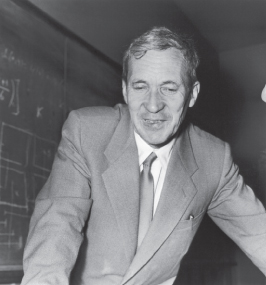1 The Concept of Probability

Source: Keystone‐France / Getty Images.
Regarded as the founder of modern probability theory, Kolmogorov was a Soviet mathematician whose work was also influential in several other scientific areas, notably in topology, constructive logic, classical mechanics, mathematical ecology, and algorithmic information theory.
He earned his Doctor of Philosophy (PhD) degree from Moscow State University in 1929, and two years later, he was appointed a professor in that university. In his book, Foundations of the Theory of Probability, which was published in 1933 and which remains a classic text to this day, he built up probability theory from fundamental axioms in a rigorous manner, comparable to Euclid's axiomatic development of geometry.
1.1 Chance Experiments – Sample Spaces
In this chapter, we present the main ideas and the theoretical background to understand what probability is and provide some illustrations of the way it is used to tackle problems in everyday life. It is rather difficult to try to answer the question “what is probability?” in a single sentence. However, from our experience and the use of this word in common language, we understand that it is a way to deal with uncertainty in our lives. In fact, probability theory has been referred to as “the science of uncertainty”; ...
Get Introduction to Probability. now with the O’Reilly learning platform.
O’Reilly members experience books, live events, courses curated by job role, and more from O’Reilly and nearly 200 top publishers.

